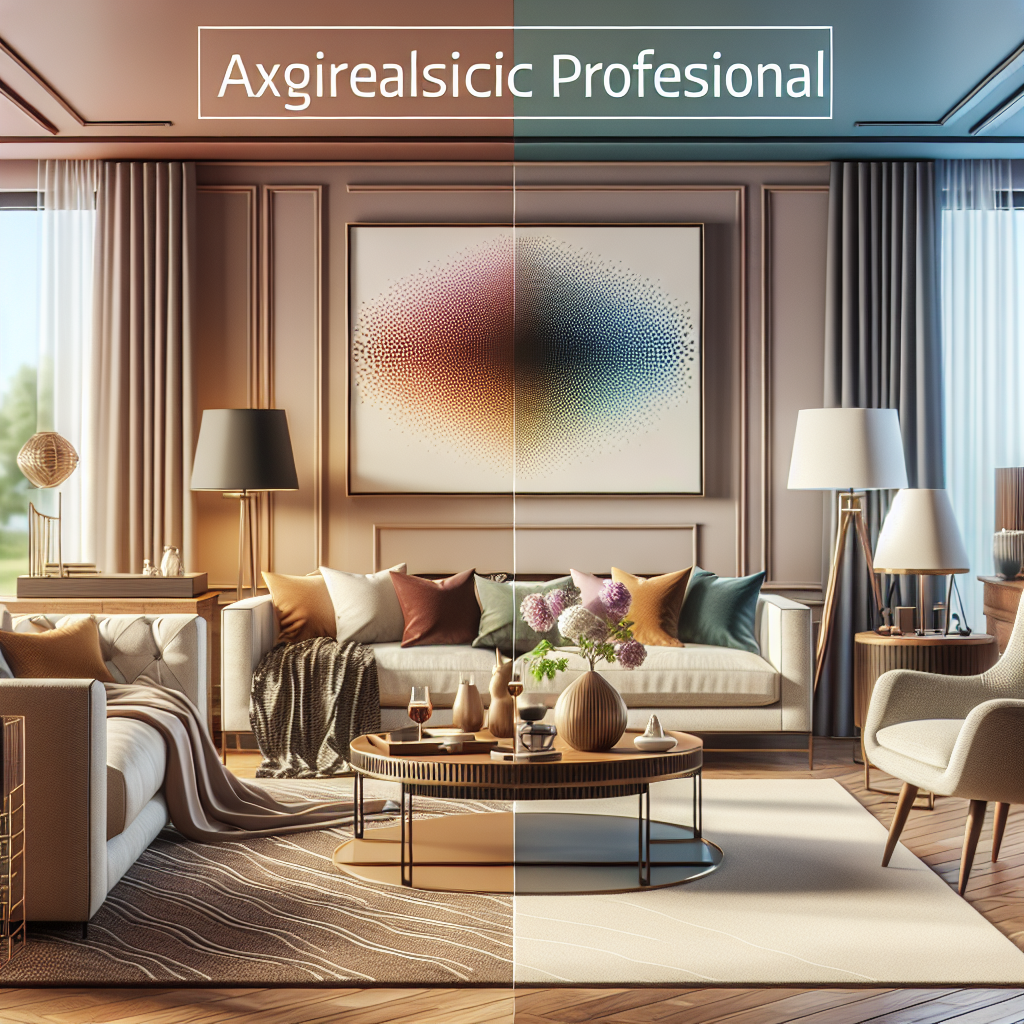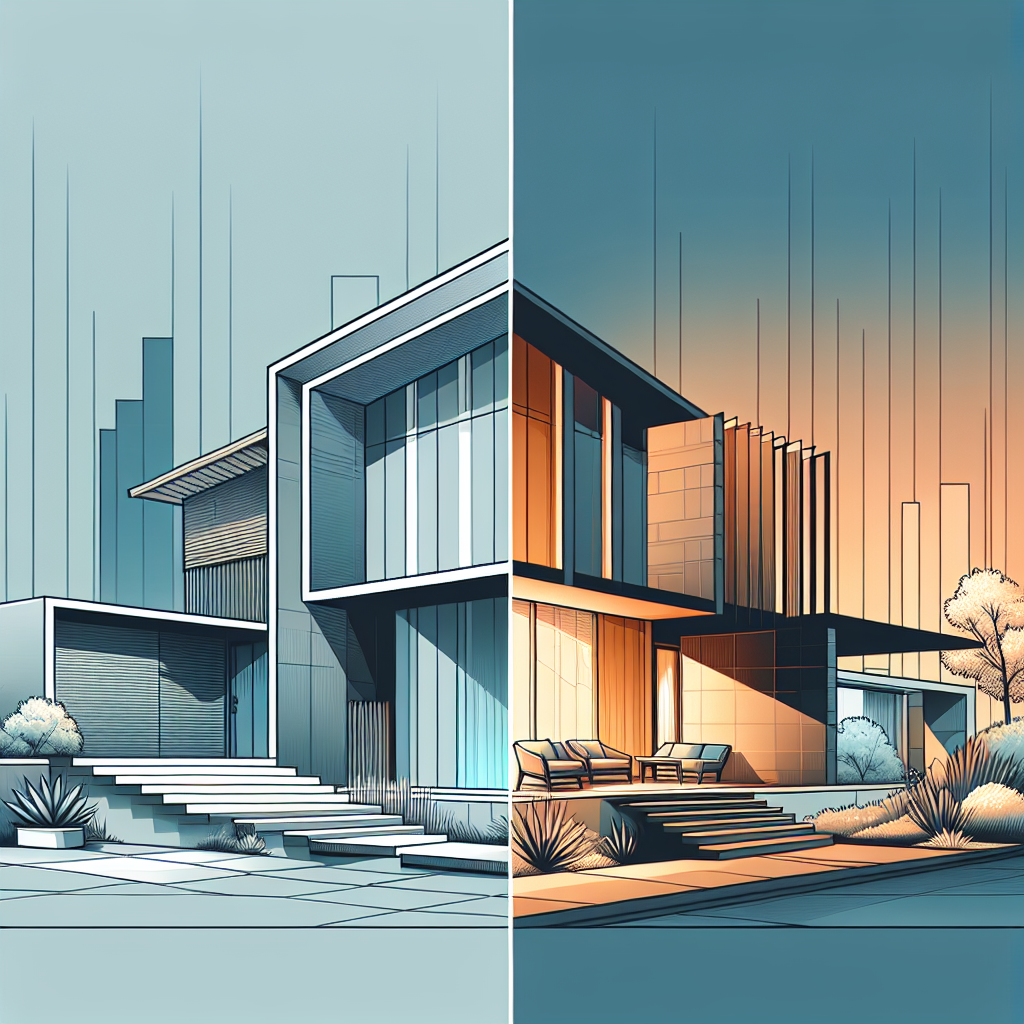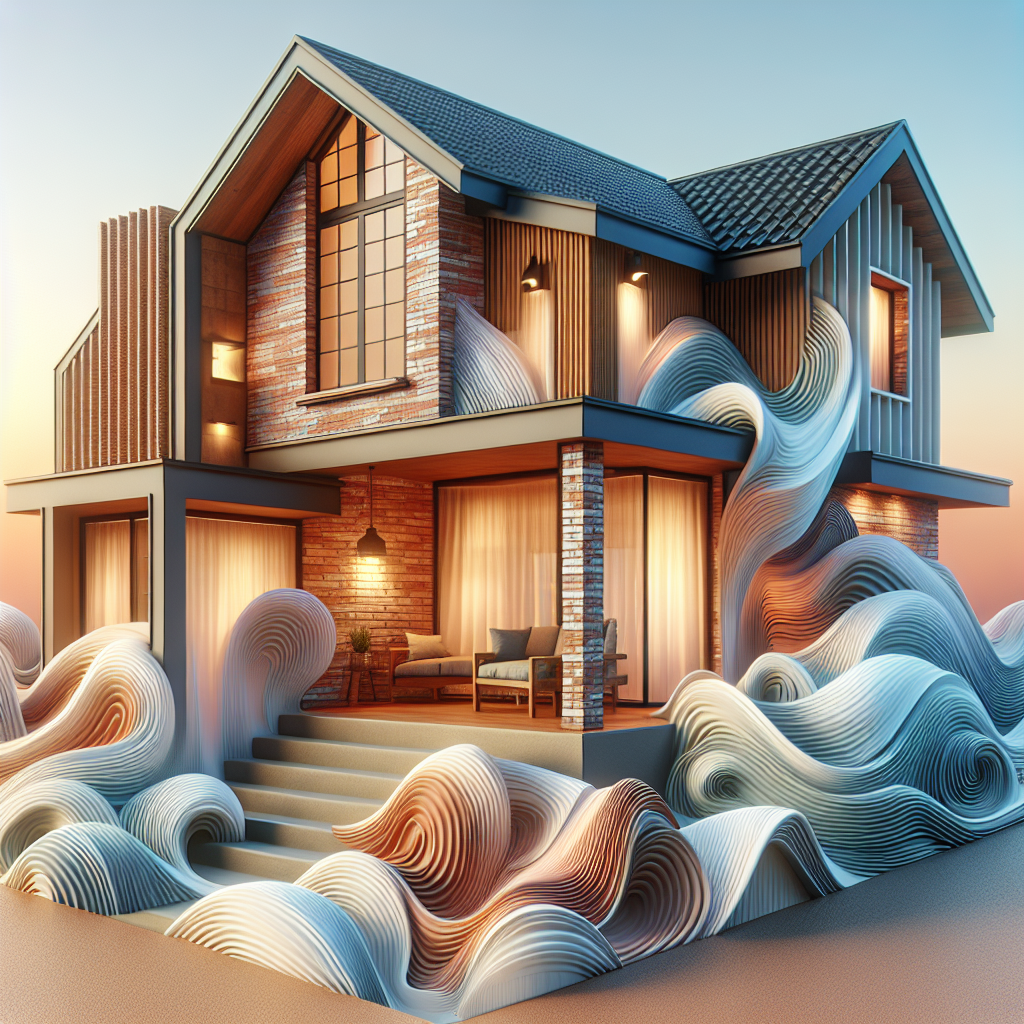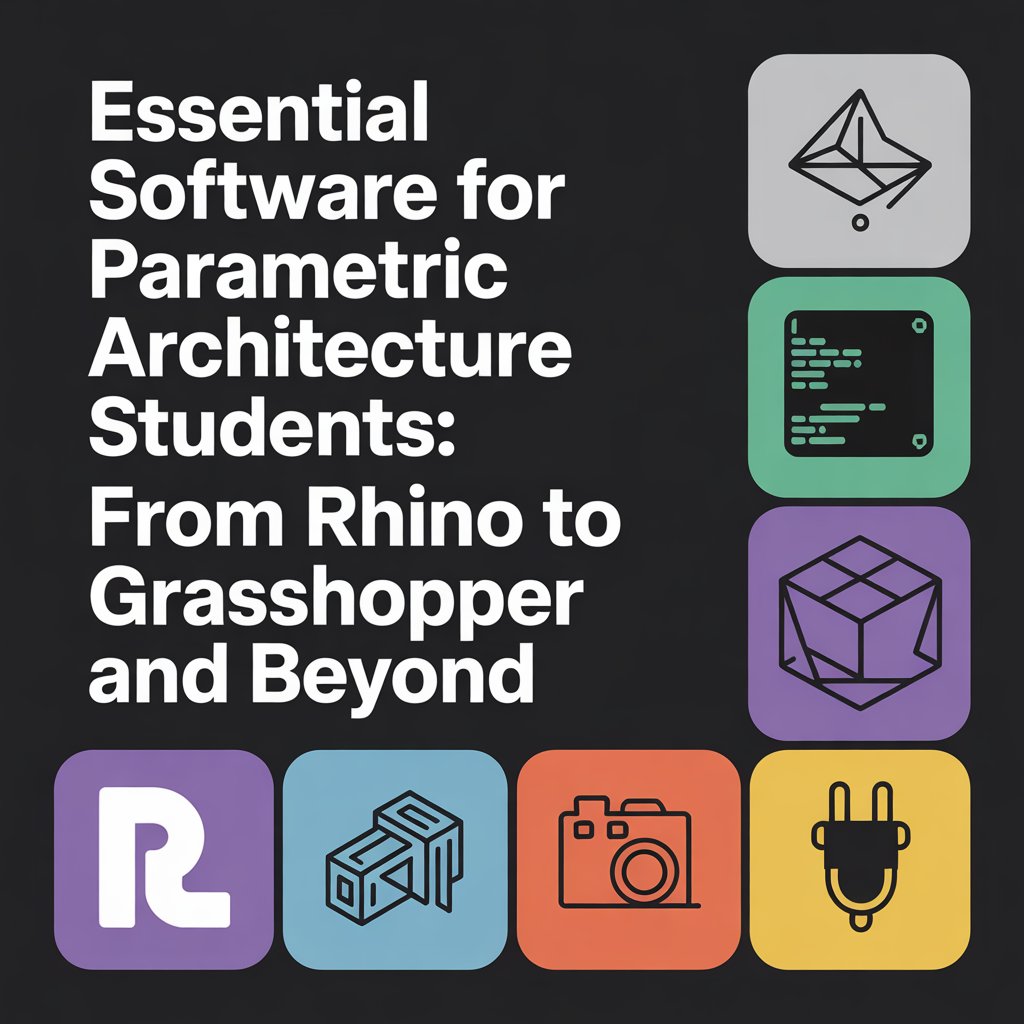How Algorithms Are Changing the Way We Build – and Why It Matters to Yo u
Algorithms are revolutionizing the architecture and construction industry through parametric design, allowing buildings to be more innovative, sustainable, and cost-effective. By using computational tools to test thousands of design variations simultaneously, architects can optimize for factors like energy efficiency and material usage. Whether you’re a homeowner or industry professional, understanding these algorithmic approaches will be crucial as they continue to reshape our built environment.
How Algorithms Are Changing the Way We Build – and Why It Matters to Yo u Read More »










